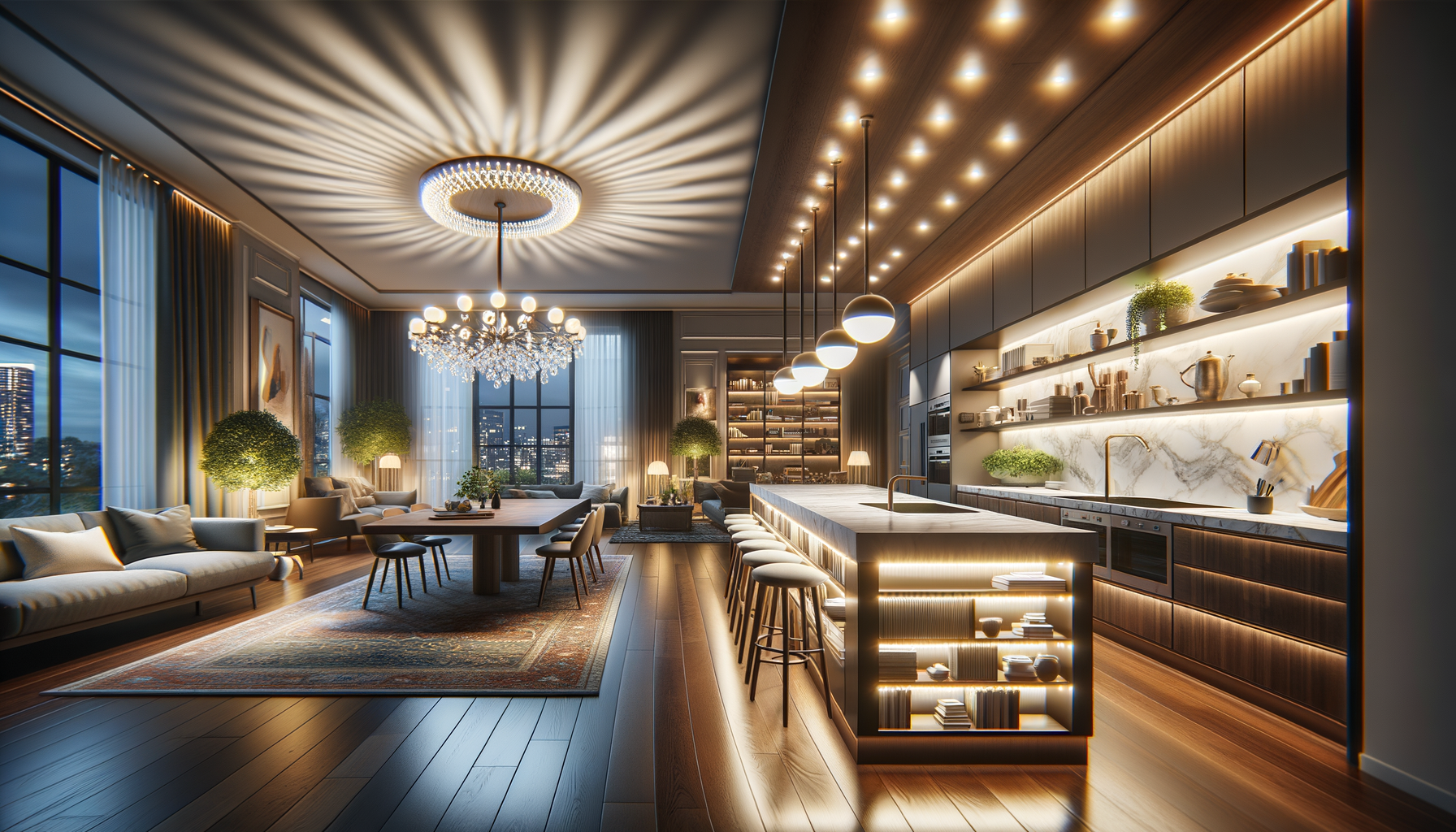Why This Lighting Habit Is Quietly Getting Attention in Home Remodeling
Some homeowners have started rethinking their lighting setups after noticing unexpected effects — especially when lights are left on overnight. Whether it’s about fixture placement, brightness, or energy use, even small changes may shape how a room feels. Wondering which lighting choices are quietly shaping modern remodels?

Introduction to Lighting in Home Remodeling
Home remodeling is an ever-evolving field, with trends constantly shifting to accommodate new technologies, materials, and design philosophies. One such trend that is quietly gaining traction is a focus on lighting habits. Homeowners are beginning to realize that lighting is not just a functional aspect of a home but a crucial element that influences mood, aesthetics, and energy consumption. This realization has led to a re-evaluation of how lighting is integrated into home remodeling projects.
Lighting can dramatically transform the appearance and atmosphere of a room. The placement, type, and intensity of light fixtures can make a space feel warm and inviting or stark and clinical. As such, modern remodels are increasingly considering lighting as a foundational element rather than an afterthought. This shift is not only about aesthetics but also about functionality and energy efficiency. By rethinking lighting setups, homeowners can enhance the ambiance of their spaces while also potentially reducing energy costs.
In this article, we will explore the various aspects of lighting in home remodeling, examining how fixture placement, brightness, and energy use can impact the overall feel of a room. We will also delve into the unexpected effects of lighting choices and how they are shaping modern remodels.
Fixture Placement: The Art of Illumination
The placement of lighting fixtures is an art form that balances function and design. In the realm of home remodeling, strategic fixture placement can highlight architectural features, create focal points, and define spaces within a room. For instance, pendant lights over a kitchen island not only provide task lighting but also serve as a design statement that draws the eye.
When considering fixture placement, it is essential to think about the activities that will take place in each space. Task lighting is crucial in areas like the kitchen and home office, where focused illumination is needed. Meanwhile, ambient lighting is necessary for living rooms and bedrooms to create a relaxing atmosphere. Accent lighting can be used to draw attention to artwork or architectural details, adding depth and interest to a room.
Moreover, the height at which fixtures are installed can influence the perceived size of a space. For example, low-hanging lights can make a room feel cozier, while high-mounted fixtures can create an airy, open feel. By carefully considering fixture placement, homeowners can achieve a harmonious balance between functionality and style.
Brightness and Energy Use: Balancing Ambiance and Efficiency
Brightness levels play a significant role in setting the mood of a room. Too much light can be harsh and unwelcoming, while too little can make a space feel dim and uninviting. Finding the right balance is key to creating a comfortable and appealing environment.
In recent years, the focus has shifted towards energy-efficient lighting solutions. LED bulbs, for example, offer the same level of brightness as traditional incandescent bulbs but consume a fraction of the energy. This not only reduces electricity bills but also lessens the environmental impact of a home.
Additionally, smart lighting systems have become increasingly popular, allowing homeowners to adjust brightness levels and even change the color temperature of lights via smartphone apps. This flexibility enables users to customize their lighting to suit different activities and times of day, enhancing both comfort and efficiency.
By considering both brightness and energy use in their lighting choices, homeowners can create a space that is not only visually appealing but also environmentally responsible.
Unexpected Effects: The Subtle Impact of Lighting Choices
While the practical aspects of lighting are often the focus, the psychological effects should not be overlooked. Lighting can influence mood, energy levels, and even sleep patterns. For example, exposure to blue light in the evening can disrupt sleep by inhibiting the production of melatonin, a hormone that regulates sleep-wake cycles.
Incorporating dimmable lights and warmer color temperatures in bedrooms and living areas can promote relaxation and improve sleep quality. Conversely, cooler, brighter lights are suitable for workspaces and kitchens, where alertness and concentration are required.
Moreover, the aesthetic impact of lighting should not be underestimated. Creative use of lighting can transform a space, making it feel larger, cozier, or more sophisticated. By experimenting with different lighting setups, homeowners can discover the unexpected effects that lighting choices can have on the overall ambiance of their homes.
In conclusion, lighting is a powerful tool in home remodeling that goes beyond mere functionality. By understanding the nuances of fixture placement, brightness, and the psychological effects of lighting, homeowners can create spaces that are both beautiful and functional.